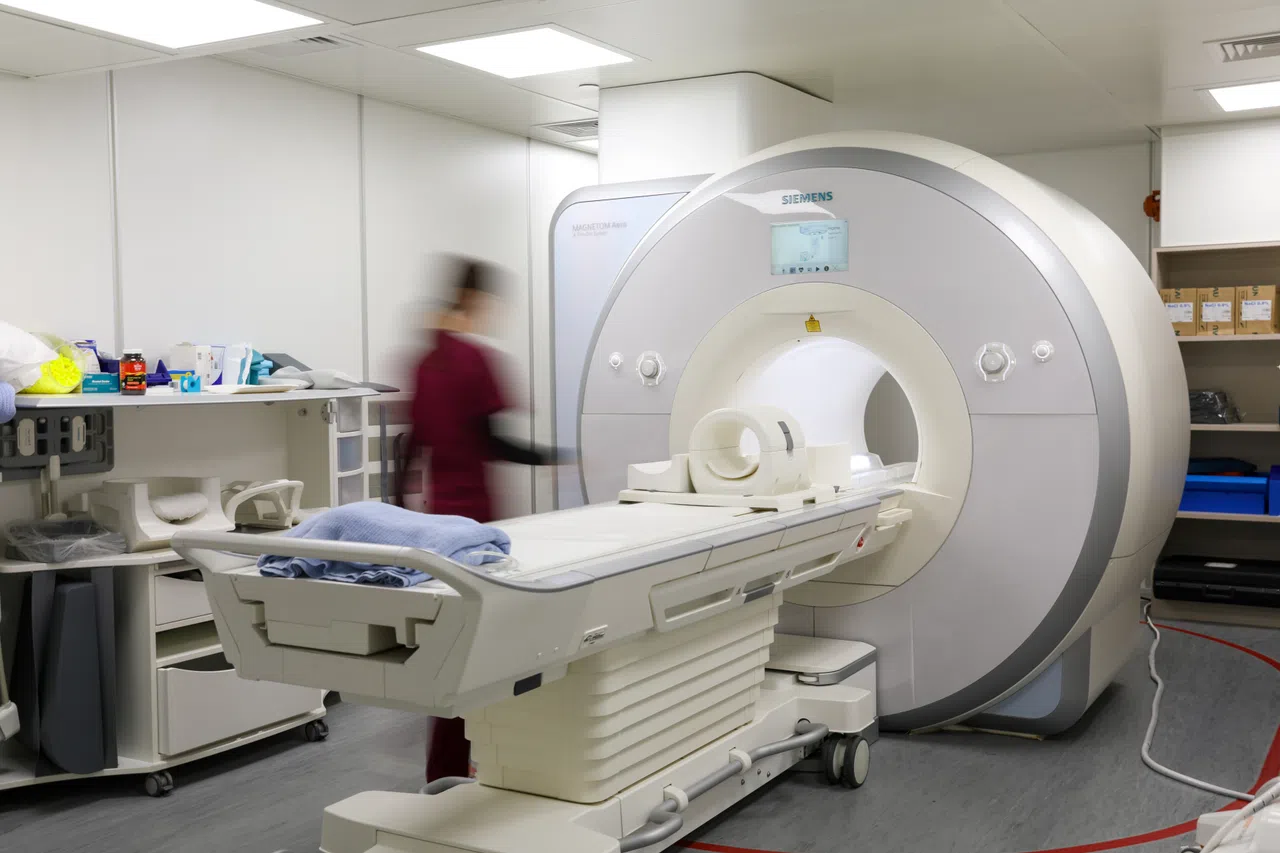THE greenback fell on Wednesday (Feb 7), further retreating from a nearly three-month high against the euro hit a day earlier, with a decline in US bond yields adding to the pressure.
Analysts pointed to technical factors for the US dollar’s pullback, following a two-day rally of as much as 1.4 per cent against the euro after unexpectedly strong US jobs data, as well as more hawkish rhetoric from Federal Reserve chair Jerome Powell, scuppered bets for an early interest rate cut.
US Treasury yields gained some respite on Wednesday after falling from this week’s highs on solid demand at a sale of new three-year notes, removing some support for the US dollar.
The greenback was down 0.16 per cent to US$1.0772 per euro, after retreating 0.1 per cent on Tuesday, when it had earlier touched its strongest level since Nov 14 at US$1.0722.
The US dollar index – which measures the currency against six major peers, including the euro – slipped 0.1 per cent to 104.04, following Tuesday’s 0.29 per cent slide. It had reached the highest since Nov 14 at 104.6 on Monday.
“The bounce back in Treasuries yesterday allowed some profit-taking in long (US) dollar positions,” said Jane Foley, head of FX strategy at Rabobank.
“Despite the ruling out of March rate cut hopes, the market is still showing some reluctance to go all in on the long (US) dollar trade given the high conviction around rate cuts later in the year.”
Analysts and traders highlighted next Tuesday’s US inflation data as a key test for Fed rate bets.
Traders are currently pricing in a 21.5 per cent chance of a rate cut in March, the CME Group’s FedWatch Tool shows, compared with a 68.1 per cent chance at the start of the year.
A sharper than expected fall in industrial production in the eurozone’s largest economy had no impact on the euro as “Germany’s industrial malaise is now a well-known story”, said Chris Turner, global head of markets at ING.
The US dollar edged 0.08 per cent higher against the yen to 148.07, after sliding 0.49 per cent on Tuesday. The currency pair tends to be extremely sensitive to moves in Treasury yields.
“Financial markets are in the process of recalibrating their expectations for Federal Reserve policy,” said James Kniveton, senior corporate forex dealer at Convera.
“If positive economic data, particularly on inflation, persists in the US, the tide could turn towards earlier rate cuts, potentially weakening the greenback further.”
Sterling rose 0.27 per cent against the US dollar to US$1.2633 after higher house prices in Britain supported bets that the Bank of England was not likely to cut interest rates any time soon. REUTERS







